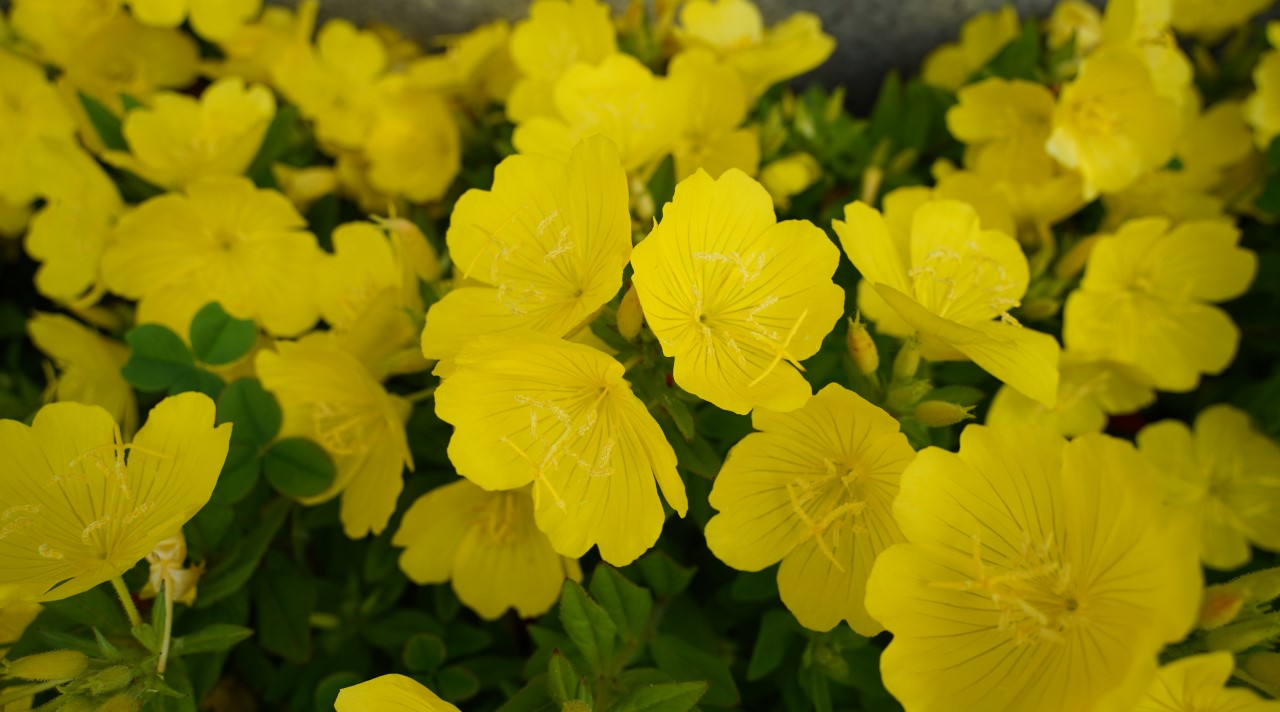
A pretty yellow flower that is native to North America, evening primrose is, as you would expect, similar looking to the British primrose which grows wild in many parts of the countryside here. They are not directly related, however.
The name ‘primrose’ comes from the Latin prima rosa, meaning first rose of the year. The oil is made from the seeds of the plant and it’s this oil that’s used as a treatment.
Although you may be aware of the oil and its purported benefits for symptoms of menopause, it is also used for skin disorders such as eczema, psoriasis, bruises, and dry, itchy, thickened skin. It’s also suggested as a treatment for hair loss.
Evening primrose oil has been used worldwide for centuries, with Native Americans initially using various parts of the plant – to treat wounds and bruises, sore throats, indigestion and so on. Since then it has been used elsewhere too, to treat high blood pressure, hair loss, and hormonal problems.
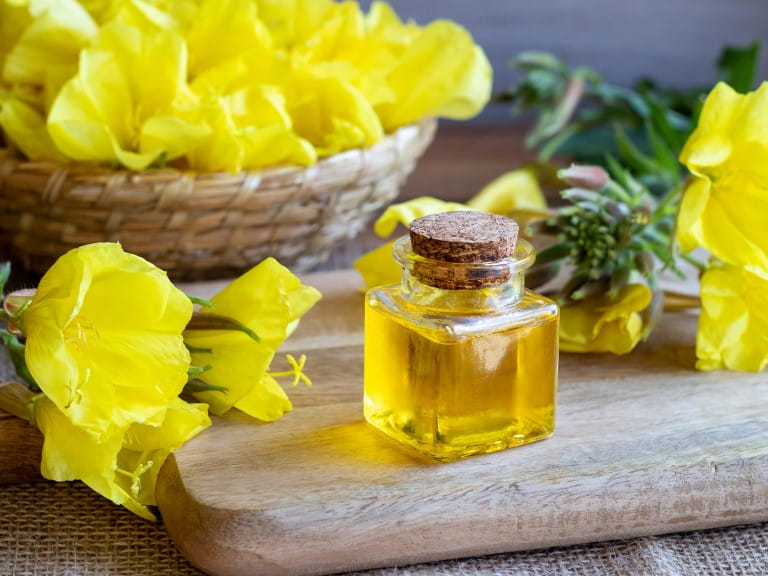
As it is absorbed by the skin evening primrose oil can be ingested or applied to the skin. It is possible to ‘over-dose’ on it, meaning that high doses can cause side effects (see below for more on that). Look for supplements containing between 500 and 1000mg per capsule. Studies using the oil have ranged from participants taking 1500mg per day to up to 6000mg per day. But it is advisable to start at a lower dose and build up. Cold-pressed oils retain more of the beneficial substances in an oil, so ideally choose a product prepared in this way too.
The recommended dose of evening primrose oil is eight to 12 capsules a day, at a dose of 500 milligrams per capsule.
To moisturise skin or hair, you’ll want to use oil – or a product containing the oil – directly on your skin/hair. The oil contains omega-6 and 9 oils which work as anti-inflammatories and soothe the skin, supporting the growth of new skin and hair.
Research shows that evening primrose oil has an effect on prostaglandins, hormones that are linked to your inflammatory response and circulation, helping blood clot among other actions.
One clinical trial, found evening primrose oil reduced the severity of hot flushes, the frequency and duration, when compared to a placebo. In the study participants took the evening primrose oil for six weeks. There are, however, other clinical studies that couldn’t show a significant improvement on symptoms of menopause.
Other research, on rats, suggests that it may show benefits as an anti-inflammatory and in reducing blood cholesterol.
It may take up to six weeks for you to notice any difference, but most people report changes after one to two weeks.

While short-term ingestion or use of evening primrose oil is deemed to be safe, you should be careful not to take too much or for longer than a year. Side effect may include abdominal pain, headaches, nausea, diarrhoea, and in extreme cases bleeding or seizures. Some individuals may also have an allergic reaction.
When applying the oil directly to the skin, far milder and fewer side effects are seen.
It is best to take evening primrose oil alone as it may interact with other medications such as those related to hormones and blood thinning, for example. If you are in any doubt, talk to your doctor before taking any supplements, especially if you are taking other medications or suffer from any medical conditions. It also advisable to stop taking evening primrose oil at least two weeks prior to a scheduled surgery.
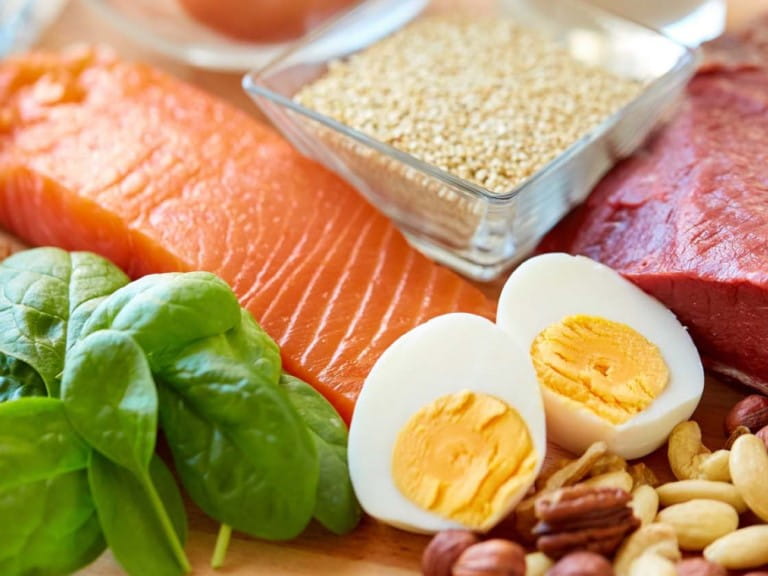
Everything you need to know about protein, from how it benefits your body to the best high-protein foods – and how much you really need.


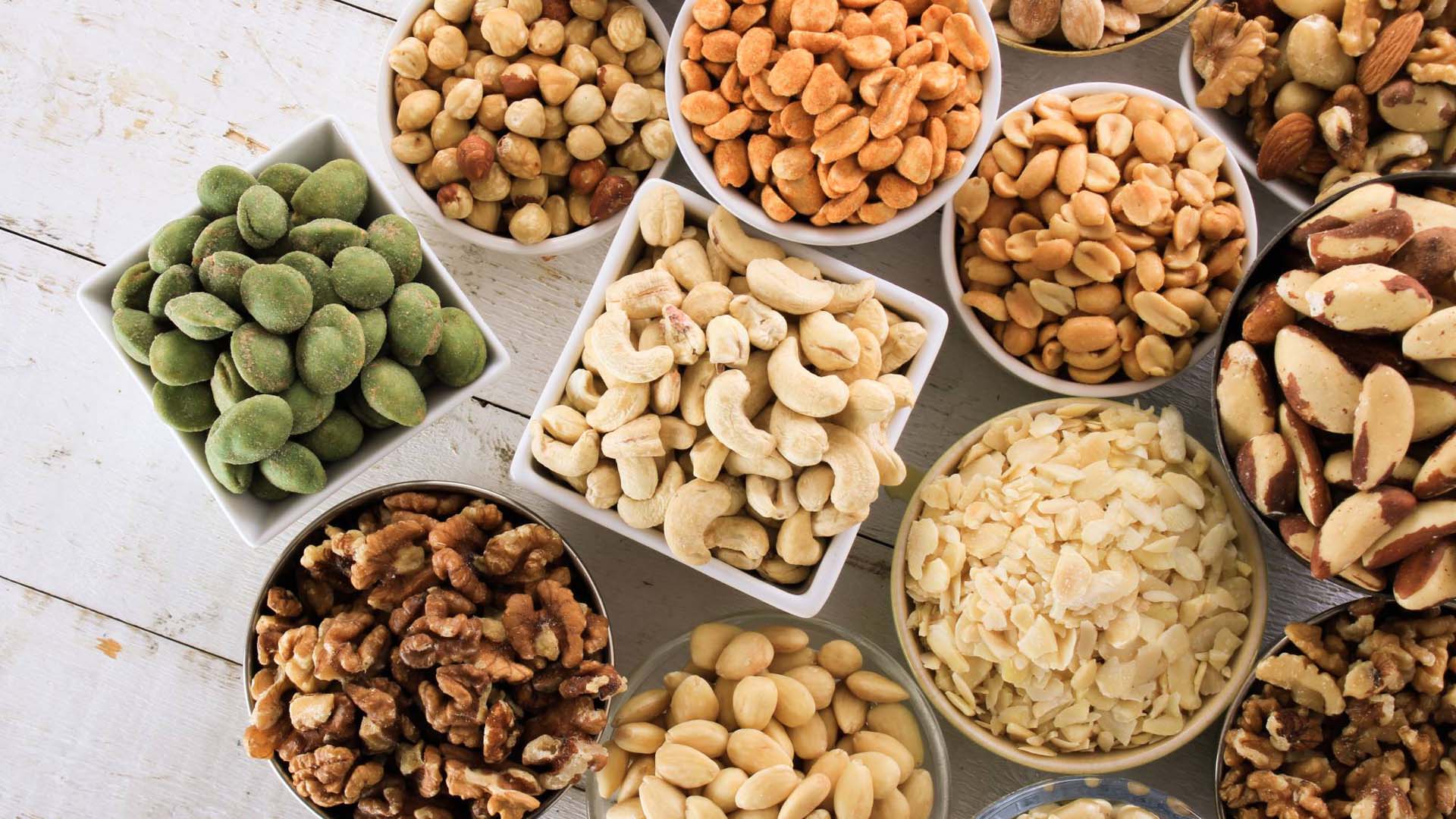
Let’s roast the myths! Not only are nuts less fattening than once feared, research shows they can cut the risk of heart disease too
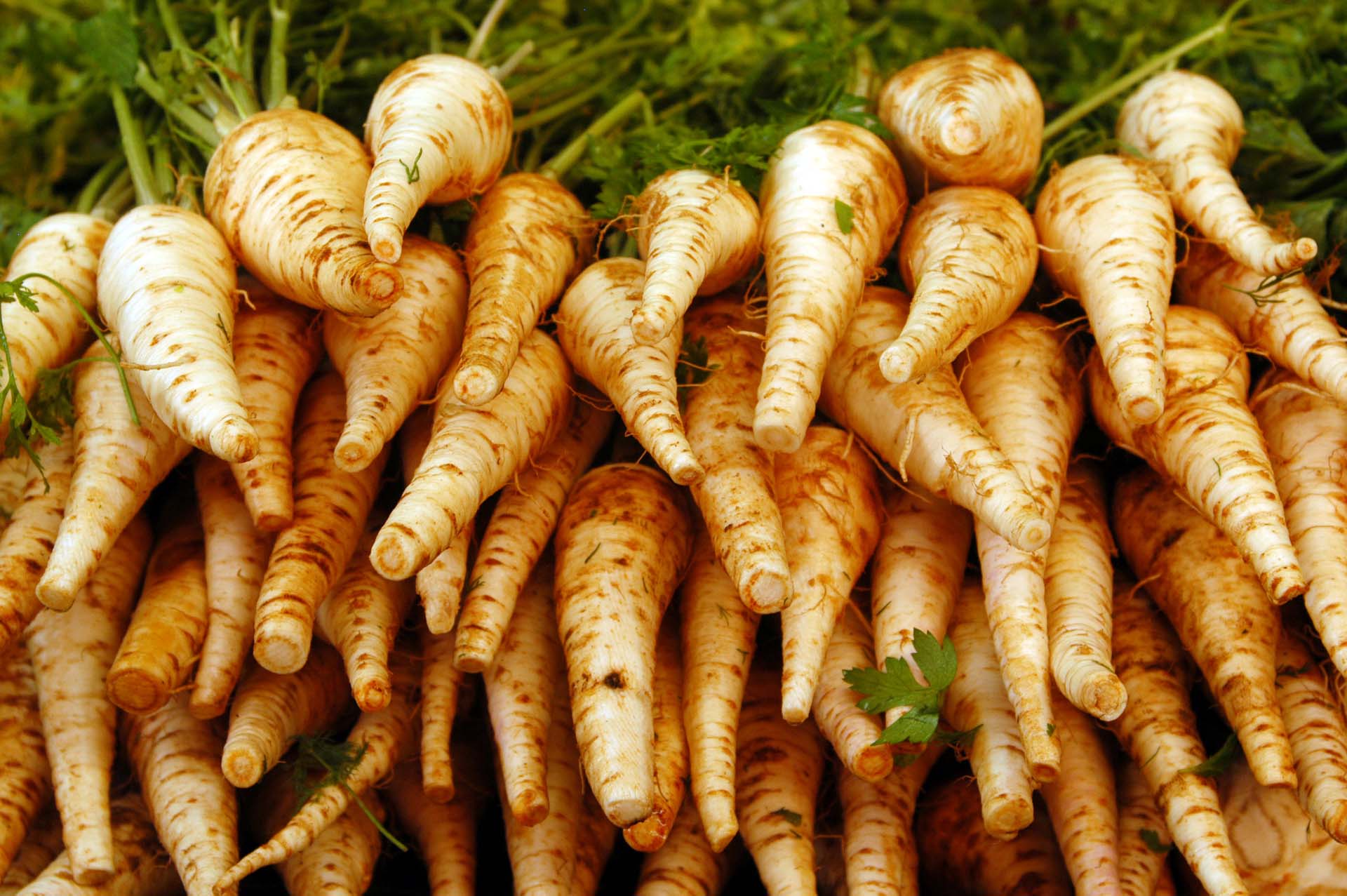
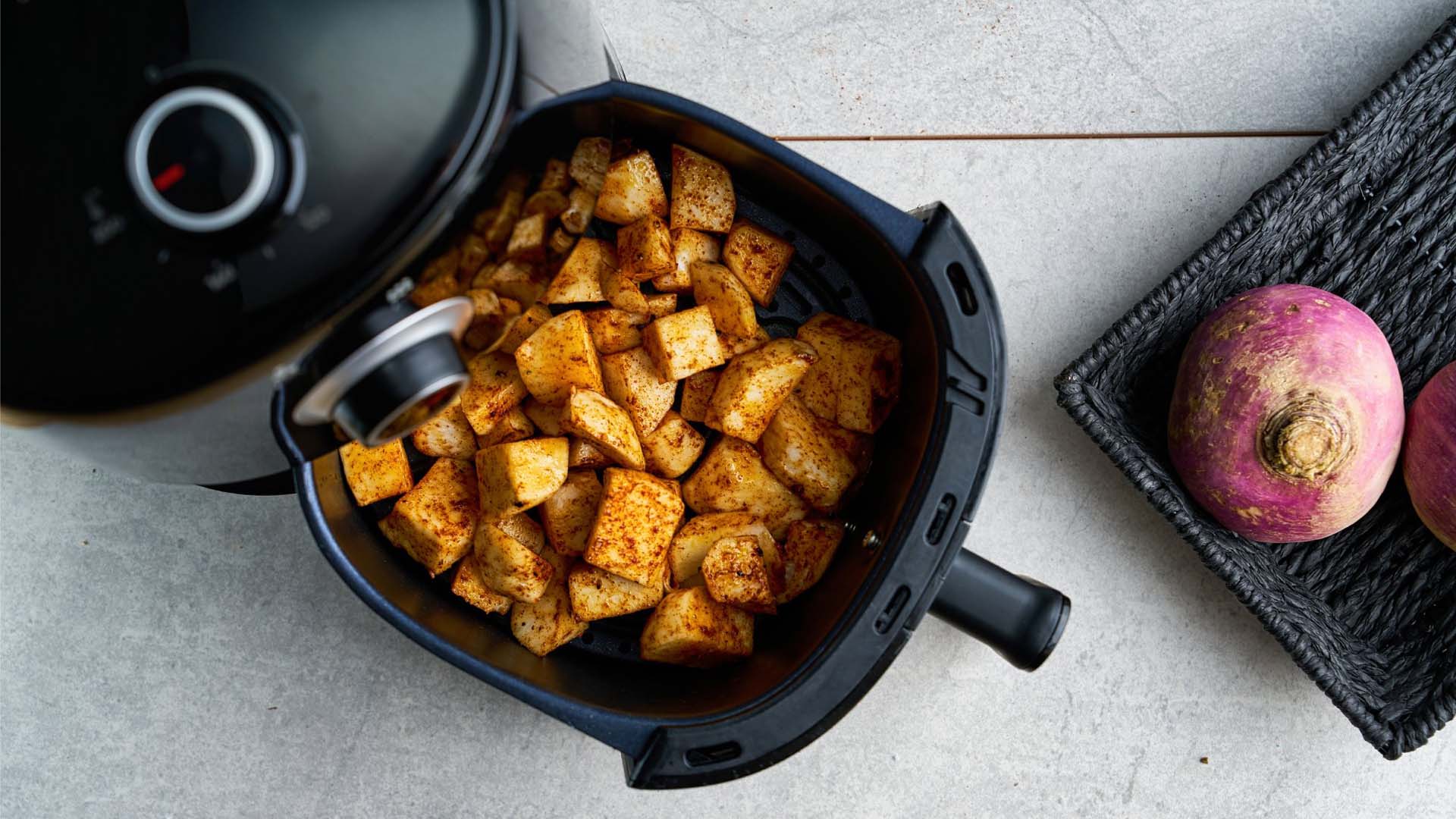
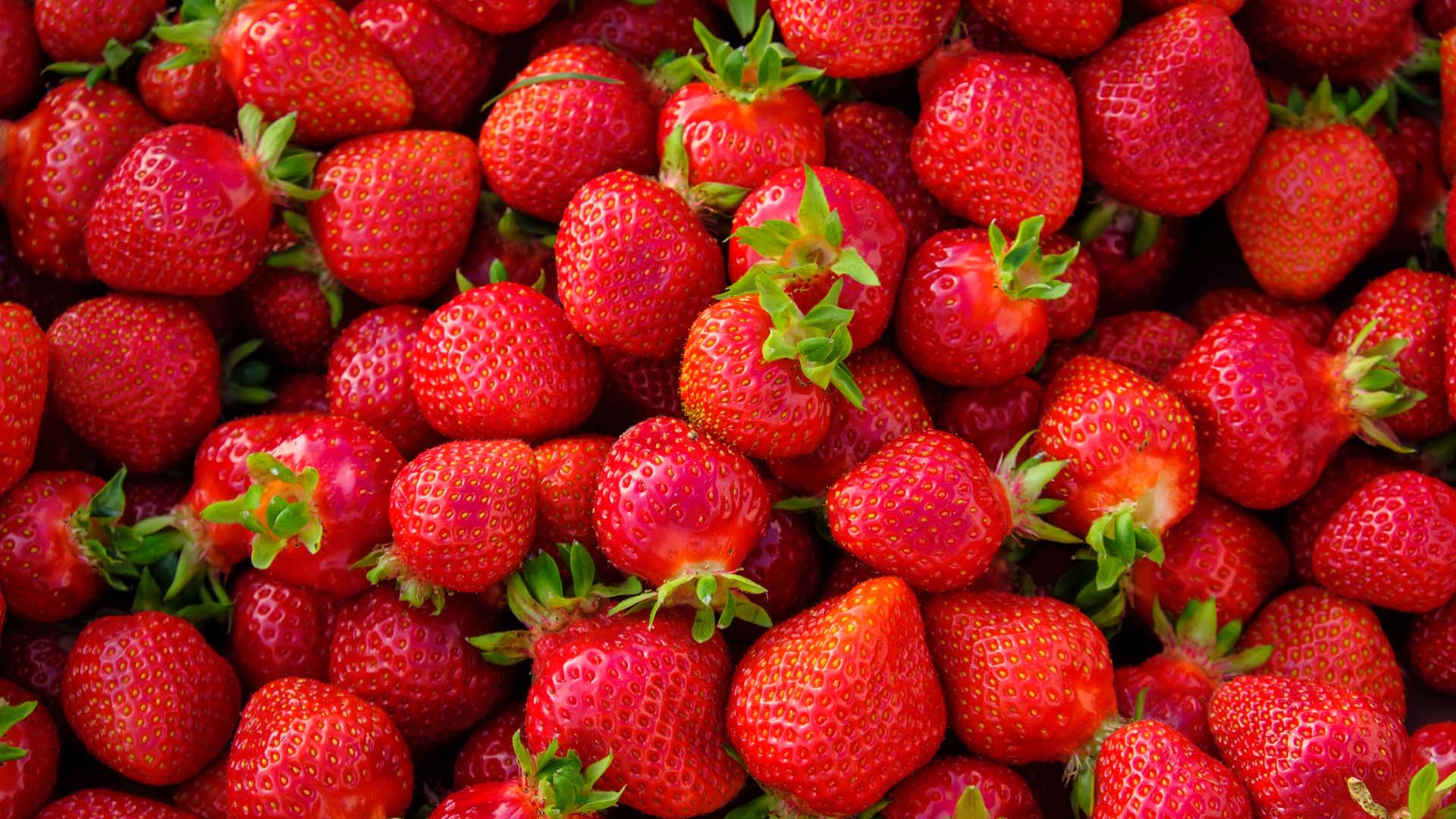
Strawberries don't just taste and look great, they are full of fibre, help your heart health and may even stave off dementia.

Looking after your gut health could be one of the biggest things that you can do for your overall health. Here are the best foods to keep your gut happy.
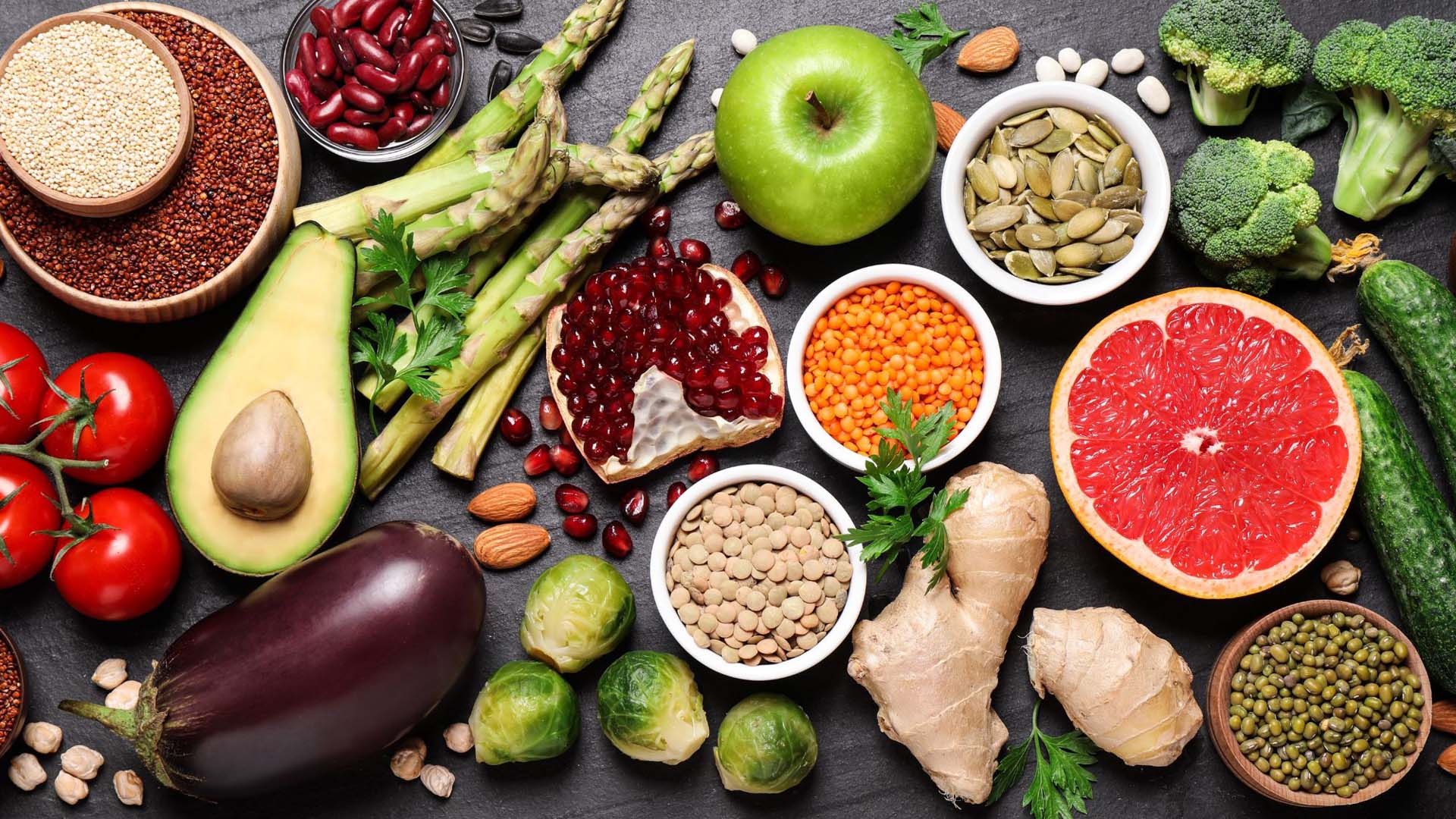
The foods that could help you live longer and protect against chronic illness.